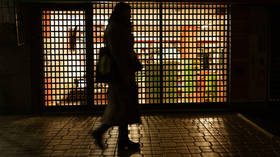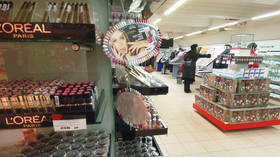Russia finds way around shortage of Western imports

The volume of parallel imports to Russia may exceed $15 billion in value terms by the end of the year, First Deputy Head of Russia’s Federal Customs Service Ruslan Davydov told reporters on Thursday.
Parallel imports allow deliveries of products that are in demand on the Russian market through third countries without the permission of the trademark holders. For example, Russian vendors are permitted to buy iPhones from Turkey instead of directly from the supplier.
“The data as of the end of October is $12.6 billion in parallel imports and 1.6 million tons … A cautious forecast by the end of the year is more than $15 billion and more than 2 million tons,” Davydov said.
The Russian government legalized parallel imports back in March to meet the demand for foreign goods after many international brands started halting business in Russia amid Western sanctions.
The measure involves the import of original goods, but through alternative supply channels. The list of goods for parallel imports is approved by Russia’s Trade Ministry and can be amended when the need for a new product arises. However, a brand can be added to the parallel imports list only if its owner’s company left the Russian market, stopped deliveries or halted production in Russia.
In his earlier statements, Davydov said the volume of parallel imports had been growing by about 12% each month since March. According to experts, it now makes up 15-20% of the total volume of non-food imports to Russia.
Since March, the list of parallel imports has been updated several times. The most common categories of goods include electronics, household appliances, consumer goods, cosmetics, perfumes and even weapons. The Trade Ministry recently updated the parallel imports list to include several major alcohol brands and toys from popular US companies, including Marvel, Disney Pixar, and DC Comics.
For more stories on economy & finance visit RT's business section













